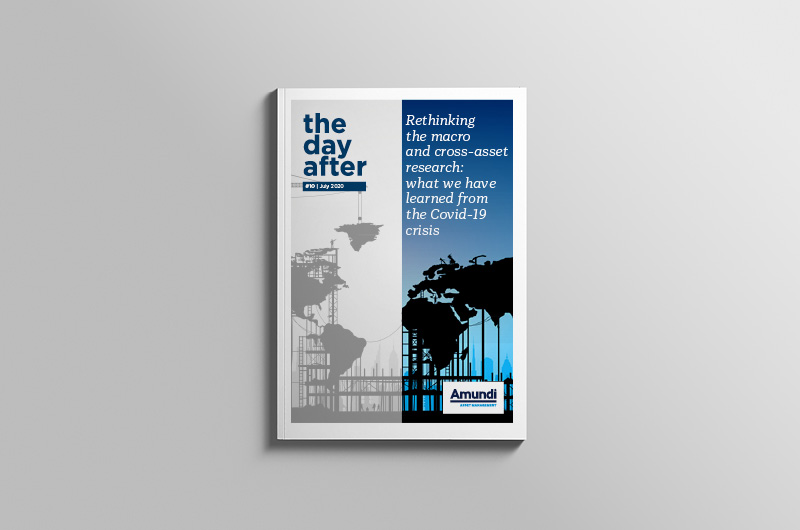How financial institutions could connect with customers in crisis
As the world undergoes potentially the greatest economic calamity since the 1930s, Australians of all ages are experiencing anxiety and fear about their financial wellbeing.
In fact, the great majority of Australians do not have a relationship with a financial advisor.
According to the latest research by AMP, the advice gap is wide and getting wider. One in two adults – around 10 million people – have unmet advice needs, while last year only 12 per cent of Australians received financial advice.
This crisis has turned a spotlight on a critical issue for financial institutions and wealth managers: how do we meaningfully and cost-effectively connect, communicate, and guide retail investors?
In times of crisis, people of all income and asset levels need help on how to handle their finances and investments. And having a solid financial plan that considers good and bad scenarios to accomplish long-term goals seems more important than ever for an everyday investor.
In some markets, notably the US and more recently Asia, the advent of digital wealth platforms or robo-advice have experienced rapid growth.
In fact, robo-advisors have seen new accounts surge amid market upheaval caused by the Coronavirus. According to Bloomberg, since the market downturn began, new-account openings for robo pioneer Wealthfront have surged about 68%.
Fellow pioneer Betterment reported a first-quarter increase of 25% from a year ago. And Charles Schwab indicated that March was one of its strongest months for account growth.
However, the penetration rate of these digital platforms by big institutions in Australia has been slow to non-existent for a variety of reasons.
Digital wealth platforms in other markets have demonstrated their efficiency in maintaining an ongoing connection between the financial institution and their mass retail customer base. From broad market information and economic cycles to personalised notifications on portfolio performance and rebalance alerts, the timely and consistent touchpoints enable customers to keep track of their investments and have a peace of mind.
More importantly, such a connection at scale is not subject to the capacity of call centres. It allows customers to review and manage their wealth at the time best suits them, and not always during business hours.
An added benefit of being part of a digital wealth platform is having a diversified investment portfolio. In Australia, a great many SMSF trustees and members are self-directed. Many have been overweight banks due to the attraction of fully franked dividends. Their portfolios have taken a big hit over the past weeks as some banks have deferred or reduced dividends. A diversified portfolio provided via a digital platform would reduce much of this stress and may well have performed better than one concentrated on banks.
A digital wealth offering also enables financial advisors to stay connected to a broader base of customers without the need for a high touch service. This is particularly important as clients at all asset levels are in dire need of advice when markets are falling. The addition of a digital capability to a wealth management operation to service the masses creates a new and high growth potential business stream. This complements the traditional face-to-face operations associated with higher value clients.
They say successful people recognize crisis as a time for change – from lesser to greater, smaller to bigger.
How will wealth managers and financial institutions in Australia, particularly the ones with no digital wealth management services, respond to the Covid-19 crisis? There is perhaps no better time than now to rethink the business model and consider a wealth solution that can operate at scale and meet the needs of both the organisation and its customers.









